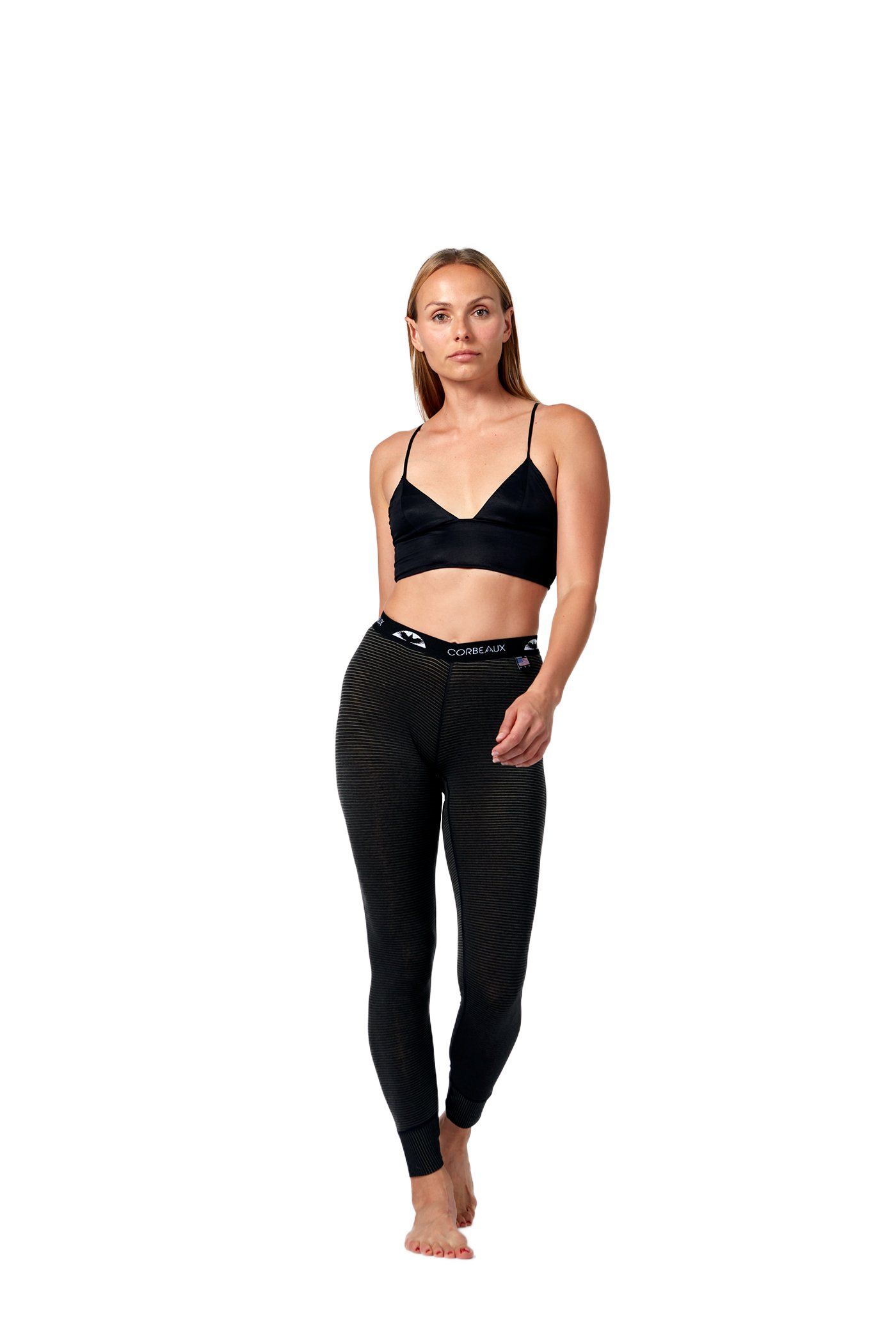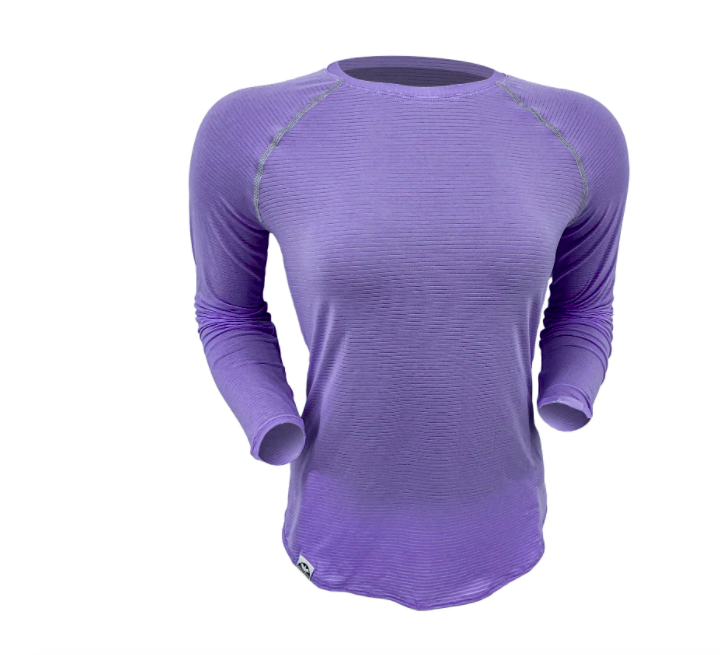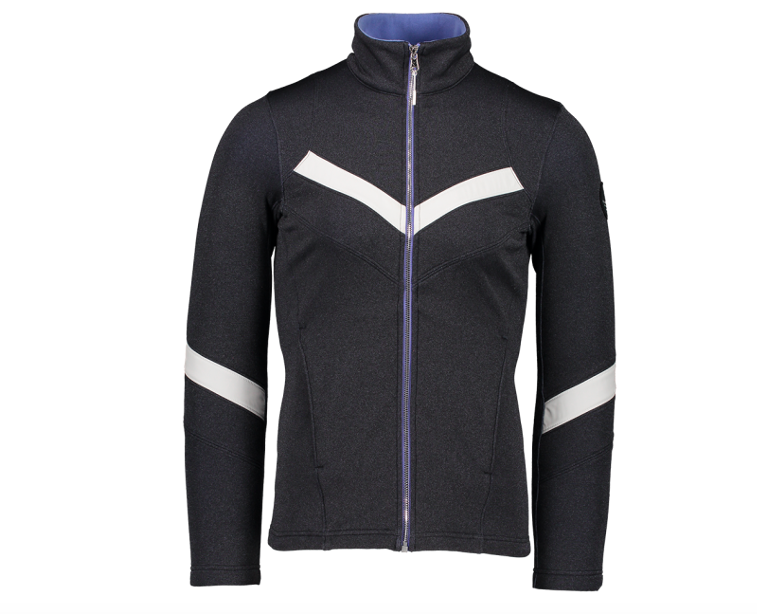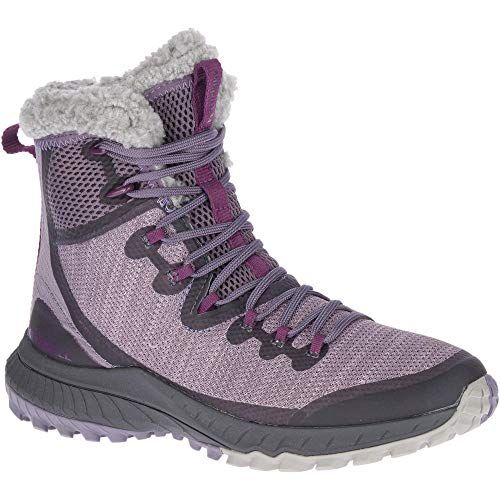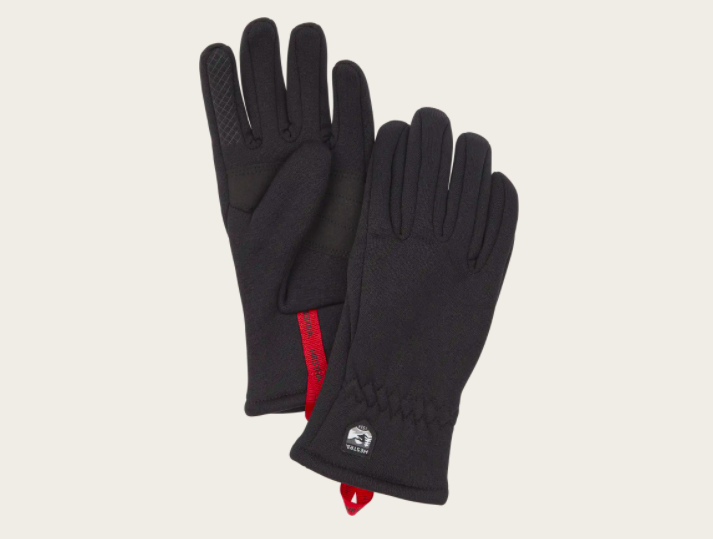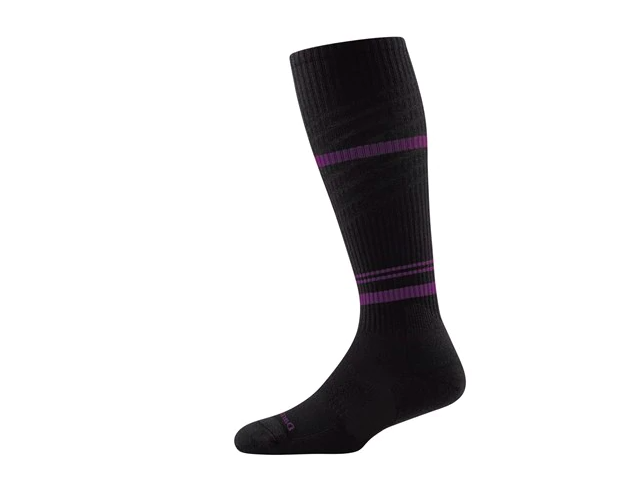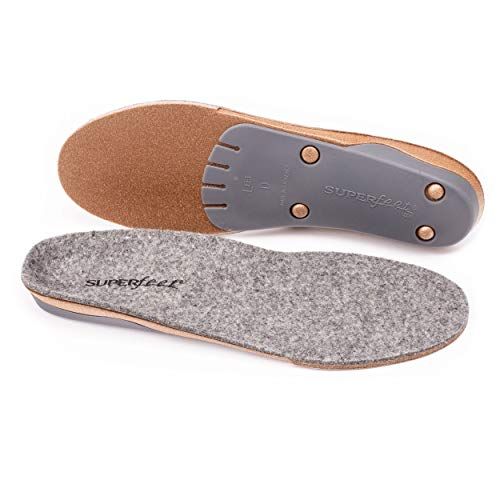Walking in the winter can be especially good for your health. For starters, a study in the American Journal of Human Biology found that people burn 34% more calories when they hike in cold weather than they do in more mild conditions. Think about it: trudging through snow or walking into the wind takes more energy. Plus, a winter stroll offers a refreshing change of pace, says Alan Mikesky, Ph.D., professor emeritus in the School of Physical Education and Tourism Management at Indiana University-Purdue University in Indianapolis. The invigorating cold air can clear your mind and reduce stress, which can be helpful for weight loss. No matter what weather you’re facing, this guide should help you stay on your feet all through the winter months. It may be hard, but we promise it will be worth it: You’ll look fantastic come spring, you’ll feel great mentally, your bones will stay strong, and your walking muscles won’t be screaming when you head out for your first warm-weather jaunt. Join the Prevention Virtual Walk on October 2, 2021! Sign up for free and do your 5K wherever you please. We look forward to walking “with” you!
How to boost weight loss with winter walks
Walking really can help you stay fit—but you have to keep a few things in mind.
Remember that it takes time and effort.
The U.S. Department of Health & Human Services recommends that all adults get at least 150 minutes of moderate-intensity aerobic exercise or at least 75 minutes of vigorous aerobic exercise every week. However, it’s all relative when you’re trying to lose weight—you need to burn more calories than you take in. To give you an idea, a 150-pound person walking 4 miles per hour (15 minutes per mile) will burn 324 calories in an hour. Without timing yourself, use the “sing-talk test” to figure out if you’re stepping at a nice moderate pace: “A person should walk at a pace fast enough so they are too winded to sing, but not so fast they cannot talk,” says Robert Sallis, M.D., codirector of the sports medicine fellowship at Kaiser Permanente in Fontana, CA, and a clinical professor of family medicine at UC Riverside School of Medicine.
Vary your walking speed.
To take your calorie burn to the next level, add fast-paced intervals to that steady, moderate walk. Research shows that including more intense intervals in your workout will help you lose more weight. “Increasing your cadence for a few minutes at a time and then going back to a normal walk has great benefits,” says Catrine Tudor-Locke, Ph.D., F.A.C.S.M., dean of the College of Health and Human Services at the University of North Carolina at Charlotte. “Independent of calorie burn, intensity is know to benefits your cardiorespiratory system, so it’s a good idea to shake things up like that when you can.”
Follow a healthy diet.
Exercising more doesn’t really change what or how much you should be eating. A person can eat more calories in five minutes than can be burned off in an entire day,” Dr. Sallis says. “So if your only goal is to lose weight, you will need to cut back on calories.” Try using a calorie-tracking app to monitor your food intake. Keep in mind that both calorie quantity and quality count. Prioritize fruits, vegetables, lean meats, and whole grains and cut back on red meats and processed foods.
Fall in love with winter walking
Still not convinced that winter walking is for you? Here are five ways to trick yourself into loving the season: Enjoy a new world: Listen to the icy tree branches tinkling in the wind, or look for animal tracks in fresh snow. Found only during winter, these changes can keep you enthused. Catch up with a friend: Make a standing date, so every Wednesday morning, for instance, a block of time is dedicated to walk with a buddy, suggests Natalie Dorset, founder of The Laughing Runner coaching in New York City. If you can’t meet in person, commit to call while you step along your route. “Accountability helps keep us committed,” says Dorset. Have some fun: Strap on snowshoes or cross-country skis—two ways to “walk” on snow that can more than double your calorie burn. With all the return trips uphill, sledding counts too! Be a listener: “Find a podcast or audio book that you really want to listen to,” advises Dorset, “and only allow yourself to listen to it during your workout.” Give yourself five: Tell yourself you can quit after 5 minutes. Chances are good that when you’re bundled up and out there, you’ll keep going. (If you still want to quit, go ahead—at least you did something.)
What to wear for winter walking workouts
You’ll be much happier and more energized if you’re able to stay warm and dry. When you step outside, you should feel slightly chilled but not cold. During your workout, you want to feel warm, not hot and sweaty. Follow these steps to feel comfy from start to finish.
Dust off your treadmill
Your best winter weight loss partner may be your treadmill: In a study led by Jakicic, women who had a treadmill in their home lost twice as much weight as those without one. There may be a few reasons why. First, when there’s a snowstorm brewing, temps drop dangerously low, or it’s dark outside, it’s easy to hop on a treadmill. Plus, if your treadmill is in constant view, it serves as a visual reminder. “Even if you decide to watch TV instead of exercising, being aware of your treadmill may make you less likely to snack,” says Jakicic. On top of that, a treadmill also takes the guesswork out of working out. It ensures your speed and distance measurements are accurate, which allows you to better gauge your calorie burn and track your progress, says Bobby Kelly, owner of Results Only Fitness in Phoenix, AZ. If you’re considering other indoor exercise machines (like a stationary bike or elliptical), keep in mind that walking is a natural movement so you may be more comfortable and better able to get a good workout on a treadmill. If you’re worried about boredom, follow these tips to make treadmill workouts more fun.
No treadmill? No problem!
When the weather’s bad, you’re waiting for a phone call, or you’ve got a sick child or parent to care for—and no treadmill—fitting in your daily walk can be tough. We asked Carol Espel, an exercise physiologist and fitness and program director at Pritikin Longevity Center + Spa in Miami, FL, and Memer Kladis, former assistant director for The National Institute for Fitness and Sport in Indianapolis to develop a muscle-building “walking” routine that you can do around the house. This routine mimics walking movements and targets walking muscles to help you maintain flexibility and stay in tip-top walking form. Support from readers like you helps us do our best work. Go here to subscribe to Prevention and get 12 FREE gifts. And sign up for our FREE newsletter here for daily health, nutrition, and fitness advice.
